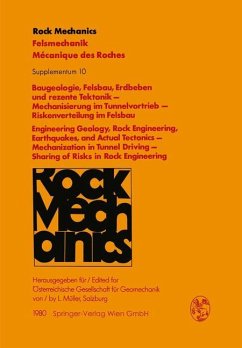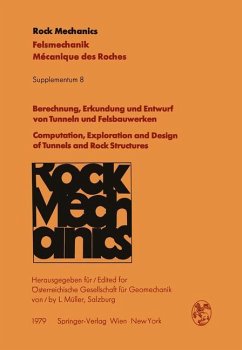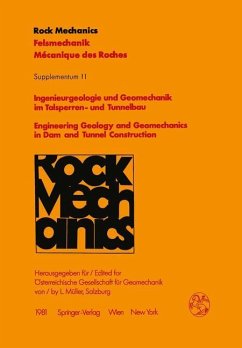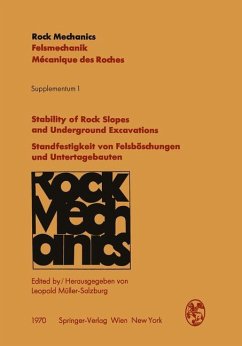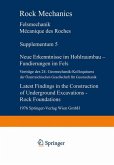First of all I want to make clear that what I am going toset forth does ab solutely not pretend tobe a strictly technical treatment of the topic. It is neither an accurate analysis of the relationships of neotectonics with technical geology, nor with rock or soil mechanics. I simply intend to introduce a problern whose importance, even in the applied field, cannot be neglected for two main reasons. First, when adequately known, it allows the interpretation and explanation of processes less than clear; second, it may help to prevent some types of damages and land misuse. Introduction Since a few years the press of popular science, even when not specialized, has published several eye-catching pictures of roads whose course has been brusquely interrupted, of displaced tree rows, of truncated water courses, of collapsed coast stretches, and so on, cspecially on the occasion of major seismic events (California, Alaska, Japan, Crnagora, Friuli, ... ). The latter are among the most visible signs of the occurrence, or of the con sequencc, of active movcments at the earth's surface. Such movements are related to faults which either are still nowadays or actually are originating today.
Hinweis: Dieser Artikel kann nur an eine deutsche Lieferadresse ausgeliefert werden.
Hinweis: Dieser Artikel kann nur an eine deutsche Lieferadresse ausgeliefert werden.
